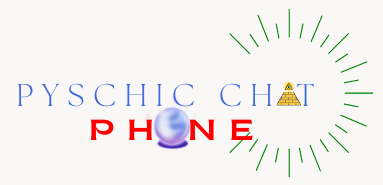Mania is the mood of an abnormally elevated arousal energy level. Elevated irritability is common along with behavior that seems on the surface to be the opposite of depression. Mania is a necessary symptom for certain psychiatric diagnoses. The word derives from the Greek μανία (mania), “madness, frenzy” and that from the verb μαίνομαι (mainomai), “to be mad, to rage, to be furious”. In addition to mood disorders, persons may exhibit manic behavior increased by drug intoxication (notably stimulants, such as cocaine and methamphetamine), medication side effects (notably SSRIs), and malignancy (the worsening of a condition). Mania is most often associated with bipolar disorder, where episodes of mania may alternate unpredictably with episodes of depression or periods of euthymia. Gelder, Mayou, and Geddes (2005) suggest that it is vital that mania be predicted in the early stages because otherwise the patient becomes reluctant to comply with the treatment. Those who never experience depression also experience cyclical changes in mood. These cycles are often affected by changes in sleep cycle (too much or too little), diurnal rhythms, and environmental stressors. Mania varies in intensity, from mild mania (hypomania) to full mania with extreme energy, racing thoughts, and forced speech. Standardized tools such as Altman Self-Rating Mania Scale and Young Mania Rating Scale can be used to measure severity of manic episodes. Because mania and hypomania have also been associated with creativity and artistic talent, it is not always the case that the clearly manic bipolar person needs or wants medical help; such persons often either retain sufficient self-control to function normally or are unaware that they have “gone manic” severely enough to be committed or to commit themselves. Manic persons often can be mistaken for being on drugs or other mind-altering substances.
